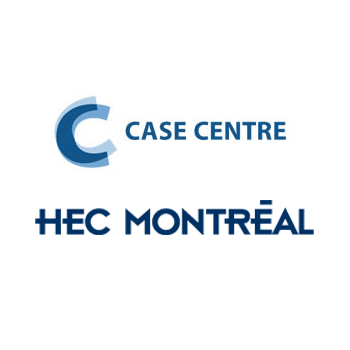Description
Air Canada: What to Do with Aeroplan?: Abstract
Air Canada: What to Do with Aeroplan? is a case study by Andrew Papadopoulos and Louis Hébert.
Having just emerged from bankruptcy protection, Air Canada faces a corporate restructuring. Many of its assets, including its frequent flyer program, Aeroplan, offer ways to raise cash to stabilize its balance sheet and return capital to its shareholders. Frequent flyer programs have been core marketing tools for airlines since their launch in the early 1980’s. Aeroplan represents an important asset for Air Canada as both a strategic and a financial resource that provides rewards through its lucrative frequent flyer program and allows it to reap the financial benefits of its relationship with the Canadian Imperial Bank of Commerce (CIBC) Aerogold credit card.
On the other hand, as Aeroplan is diversifying away from the airline and travel industry into a broader loyalty program, its resource requirements, organizational needs, and desire to control its cash flow are not necessarily aligned with those of Air Canada. Air Canada must decide how it should divest Aeroplan and what kind of relationship it should have with Aeroplan after that divestment. What corporate and business relationship would best suit all parties concerned: Air Canada and its shareholders, on the one hand, and Aeroplan and its commercial partners on the other?
Teaching objectives
- This case fits well within the corporate strategy section of a strategy course, dealing with the notion of corporate focus and how a parent may establish that focus
- It introduces carve-outs, or divestments, a notion rarely addressed within the parenting advantage framework
- It introduces students to loyalty and frequent flyer programs
- It should be of particular interest to more advanced undergraduate and MBA-level students, likely users of loyalty and frequent flyer programs
Main themes covered
- This case focuses on a corporate strategy issues and specifically the decision to divest from a core business
- The case presents the tensions between financial motivations and core competencies issues in making such a carve-out decision
- It explores the advantages and disadvantages of various corporate and inter-firm structures
Concepts and theories related to the case
- In terms of strategy, the resource-based view addresses how value may be created from corporate assets while dominant logic lays the foundation for why some corporate assets may limit their full value potential when they are peripheral to the parent’s business
- In terms of finance, diversification and conglomerate discounts frame the motivation for wanting to divest certain non-core assets
Additional information
Teaching notes are available for professors. Contact the HEC Montréal Case Centre.







Reviews
There are no reviews yet.